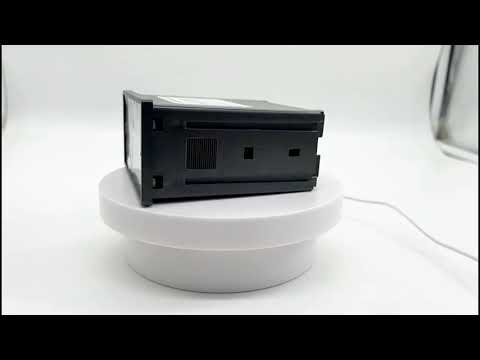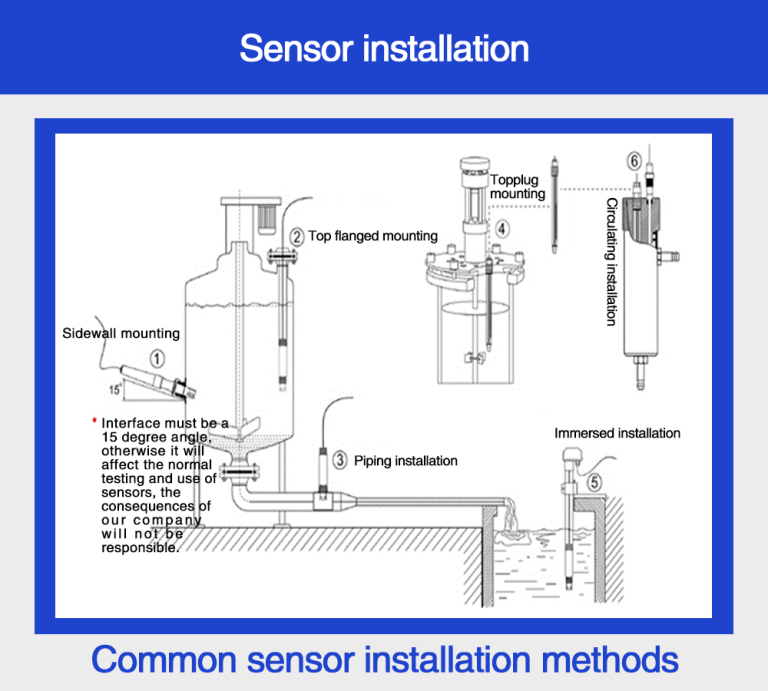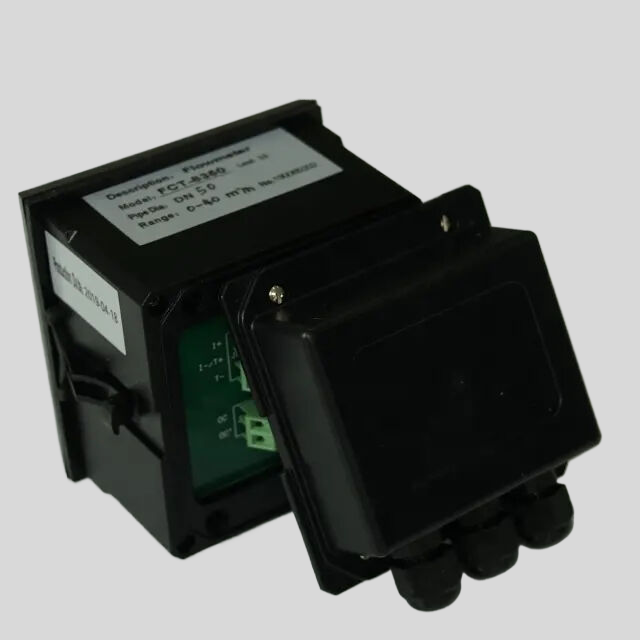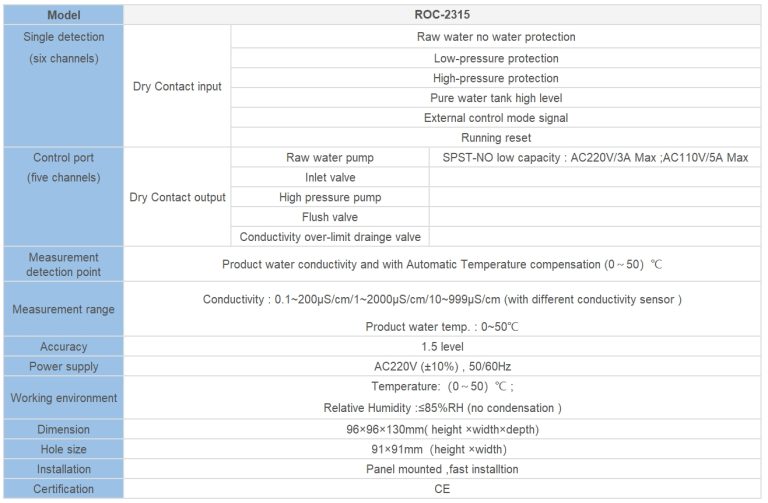Table of Contents
The Importance of Calibrating Your ph meter Regularly
A ph meter is an essential tool for anyone working in a laboratory setting, whether it be in a research facility, a medical laboratory, or a manufacturing plant. This device measures the acidity or alkalinity of a solution, providing valuable information for a wide range of applications. However, in order for a ph meter to provide accurate and reliable results, it is crucial to calibrate it regularly.
| POP-8300 free chlorine online analyzer | ||
| System Model | POP-8300 free chlorine online analyzer | |
| Measurement configuration | (HClO)free chlorine.. | |
| total free chlorine/(ClO2)/pH/Temperature | ||
| Free chlorine | (0.00-2.00)mg/L(ppm); (0.00-20.00)mg/L(ppm) | |
| Measurement | pH | 2.00-12.00 |
| range | Temperature | (0.0-99.9)℃ |
| Free chlorine | 0.01mg/L(ppm) | |
| Resolution | pH | 0.01 |
| Temperature | 0.1℃ | |
| Free chlorine | Indication error 10% | |
| Accuracy | pH | 0.1pH |
| Temperature | ±0.5℃ | |
| Sensor life | pH/free chlorine sensor | 12months(The service life is closely related to the measurement medium and maintenance frequency) |
| Communication interface | RS485 | MODBUS RTU communication protocol |
| Number of channels | Double channels | |
| (4-20)mA | Technical feature | Isolated, reversible, completely adjustable, instrument/transmitter dual mode |
| output | Channel configuration | Programmable point to Free chlorine, chlorine dioxide, Temperature, pH |
| Loop resistance | 400Ω(Max), DC 24V | |
| Transmission accuracy | ±0.1mA | |
| Number of channels | Double channels | |
| Contact mode | The first and second for photoelectric switch | |
| Control output | Load capacity | Load current 50mA(Max),AC/DC 30V |
| Control point | Programmable function(Free chlorine, chlorine dioxide, Temperature, pH, Timing) | |
| Load capacity | Load current 50mA(Max),AC/DC 30V | |
| Control point | Programmable function(Free chlorine, chlorine dioxide, Temperature, pH, Timing) | |
| Power supply | Connected to electric supply | |
| AC80-260V;50/60Hz,compatible with all international | ||
| market power standards(110V;220V;260V;50/60Hz). | ||
| Working environment | Temperature:(5-50)℃;relative humidity:≤85% RH(non condensation) | |
| Power Consumption | <20W | |
| Storage environment | Temperature:(-20-70)℃;relative humidity:≤85%RH(non condensation) | |
| Installation | Wall mounted(with the preset back cover) | |
| Cabinet weight | ≤10kg | |
| Cabinet dimension | 570*mm*380mm*130mm(H×W×D) | |
Calibrating a ph meter involves adjusting the device to ensure that it is accurately measuring the pH of a solution. This process involves using calibration solutions with known pH values to adjust the meter’s readings. By calibrating the ph meter regularly, you can ensure that it is providing accurate and precise measurements, which is essential for obtaining reliable data in any scientific or industrial setting.

There are several reasons why it is important to calibrate your ph meter regularly. First and foremost, regular calibration ensures the accuracy of your measurements. Over time, pH meters can drift out of calibration due to factors such as temperature changes, exposure to contaminants, or simply normal wear and tear. By calibrating your ph meter on a regular basis, you can correct for any drift and ensure that your measurements are accurate and reliable.
In addition to ensuring accuracy, regular calibration also helps to maintain the overall performance of your ph meter. A properly calibrated ph meter will provide more consistent and reliable results, allowing you to trust the data that you are collecting. This is particularly important in research and quality control settings, where even small variations in pH can have significant implications.
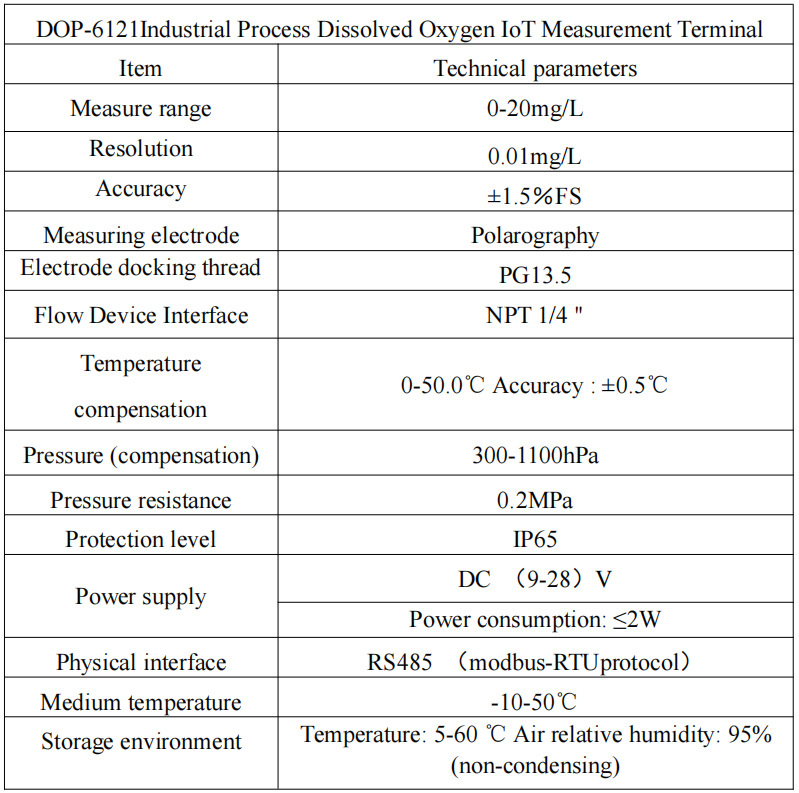
Furthermore, regular calibration can help to extend the lifespan of your ph meter. By keeping your device properly calibrated, you can prevent premature wear and tear, ensuring that it continues to perform at its best for years to come. This can save you time and money in the long run, as you won’t have to replace your ph meter as frequently.
Second, it is important to follow the manufacturer’s recommended calibration schedule. Most pH meters should be calibrated at least once a month, but this can vary depending on how frequently the device is used and the nature of the samples being tested. By following the recommended calibration schedule, you can ensure that your ph meter remains accurate and reliable.
In conclusion, calibrating your ph meter regularly is essential for ensuring accurate and reliable measurements. By calibrating your ph meter on a regular basis, you can maintain the accuracy and performance of your device, extend its lifespan, and ultimately obtain more reliable data. So, don’t overlook the importance of calibrating your ph meter – it is a simple yet crucial step that can make a big difference in the quality of your results.
How to Properly Store and Maintain Your ph meter for Accurate Readings
A ph meter is an essential tool for anyone working in a laboratory setting or conducting experiments that require precise measurements of acidity or alkalinity. To ensure accurate readings and prolong the lifespan of your ph meter, proper storage and maintenance are crucial. In this article, we will discuss five key points to help you store and maintain your ph meter effectively.
First and foremost, it is important to clean your ph meter after each use. Residual substances left on the electrode can interfere with future readings and lead to inaccurate results. To clean your ph meter, simply rinse the electrode with distilled water and gently wipe it with a soft cloth. Avoid using harsh chemicals or abrasive materials, as these can damage the sensitive electrode.
| Model | ROC-8221 Single Stage Double Channels ro controller | ||
| Conductivity Measurement Range | Raw Water | 10.0cm-1 | (0-20000)μs/cm |
| 1.0cm-1 | (0-2000)μS/cm | ||
| Product Water | 1.0cm-1 | (0-2000)μS/cm | |
| 0.1cm-1 | (0-200)μS/cm | ||
| Accuracy | 1.5 level | ||
| Working pressure of conduct cell | (0~0.5)MPa | ||
| Automatic temperature compensation | Temperature compensation range (0~50)℃ | ||
| Effective distance | ≤20m (standard 5 m ,or ordered ahead) | ||
| Displaying mode | LCD 128×64 backlight ,Display Settings menu and status message in English or Chinese can be selection | ||
Secondly, proper storage is essential for maintaining the accuracy of your ph meter. When not in use, store your ph meter in a clean, dry place away from direct sunlight and extreme temperatures. Storing your ph meter in a protective case or box can help prevent damage and ensure that it remains in good working condition.
In addition to cleaning and storage, regular calibration is necessary to ensure the accuracy of your ph meter. Calibration should be done before each use or at least once a month, depending on the frequency of use. Most pH meters come with calibration solutions that are specifically designed for this purpose. Follow the manufacturer’s instructions carefully to calibrate your ph meter accurately.Furthermore, it is important to handle your ph meter with care to prevent damage to the sensitive electrode. Avoid dropping or knocking the ph meter against hard surfaces, as this can cause the electrode to become misaligned or damaged. When handling the ph meter, hold it by the body rather than the electrode to minimize the risk of accidental damage.
Lastly, regular maintenance and servicing of your ph meter are essential to ensure its longevity and accuracy. If you notice any signs of wear or damage, such as a cracked electrode or malfunctioning display, it is important to have your ph meter serviced by a professional. Regular maintenance can help prevent costly repairs and ensure that your ph meter continues to provide accurate readings for years to come.
In conclusion, proper storage and maintenance are essential for ensuring the accuracy and longevity of your ph meter. By following these five key points – cleaning after each use, proper storage, regular calibration, careful handling, and regular maintenance – you can prolong the lifespan of your ph meter and ensure that it continues to provide accurate readings for your experiments and research. Remember, a well-maintained ph meter is a reliable tool that can help you achieve precise results in your work.

